These Amazing Women Made NASA's Apollo Moon Missions Possible
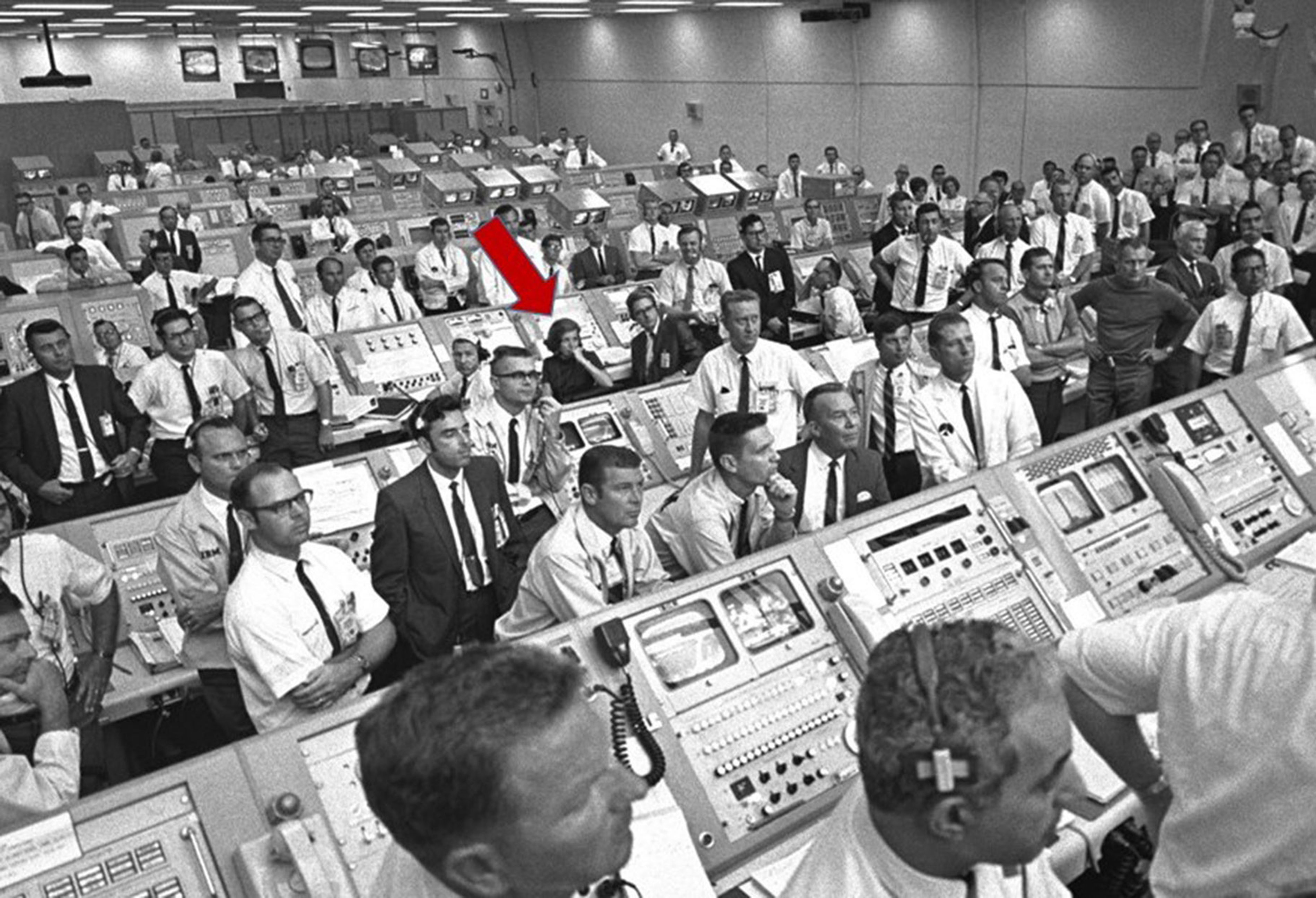
Fifty years ago, Apollo 11 astronauts Neil Armstrong and Buzz Aldrin became the first men to walk on the moon. As we celebrate the momentous achievements of NASA's Apollo program and the men who risked their lives by flying to the moon, let's look back at some of the remarkable women who helped make the moon landing possible.
During the Apollo era, women made up no more than 5% of the agency's workforce. But they played critical roles in getting the astronauts to the moon and back home safely. They designed spacecraft, calculated flight trajectories, engineered software, helped with astronaut training, monitored astronauts' vital signs during spaceflight and more.
Their names may not be as well known as their male counterparts, but these women's contributions were just as important to the success of the Apollo program. Click through this gallery to learn more about the women behind Apollo.
Related: Apollo 11 at 50: A Complete Guide to the Historic Moon Landing
HERE: JoAnn Morgan, NASA's first and only female engineer during Apollo 11, is surrounded by men in the Firing Room at NASA's Kennedy Space Center in Florida on July 16, 1969. This photo was taken following the successful launch of Apollo 11, as U.S. Vice President Spiro Agnew delivered his congratulatory remarks.
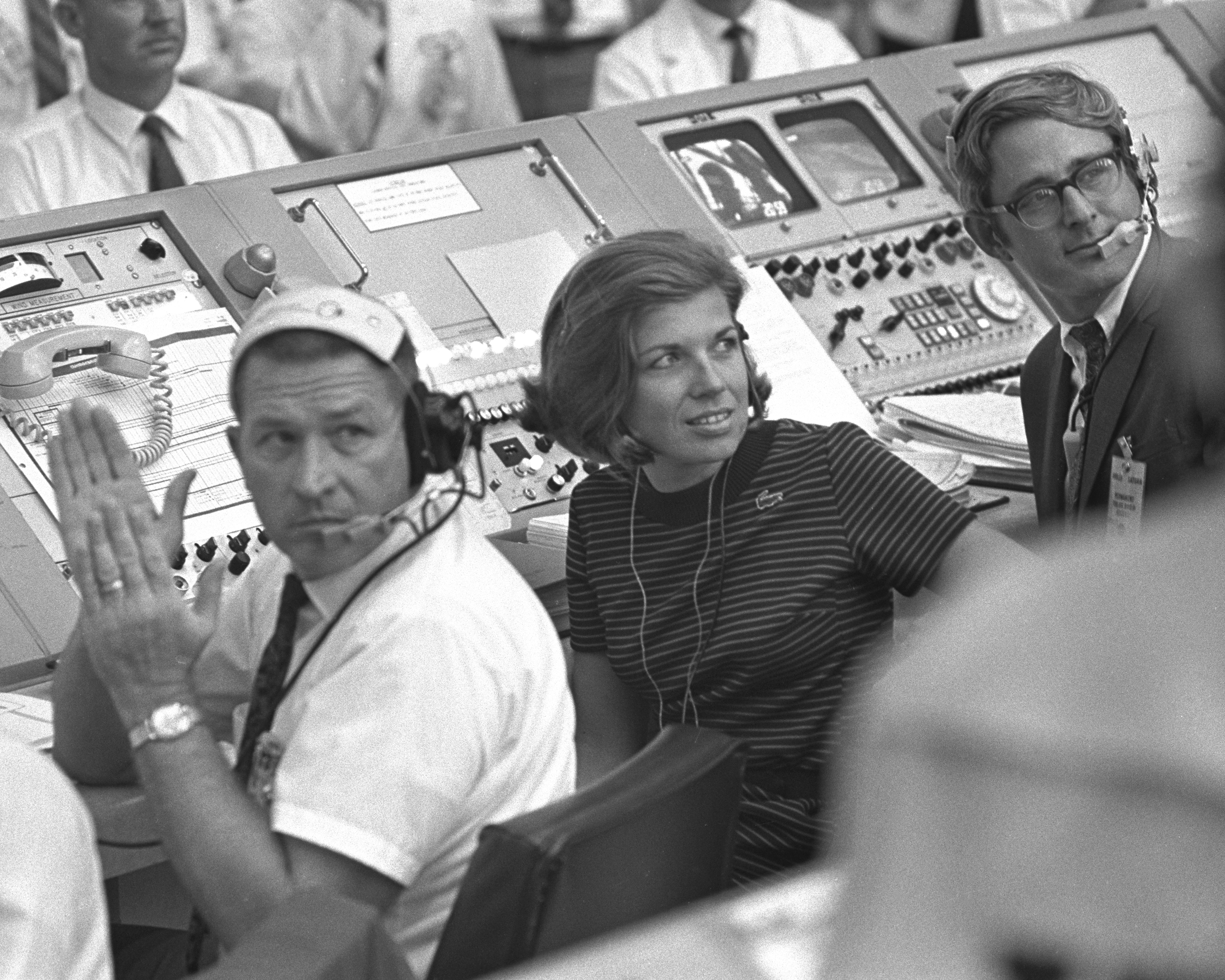
JoAnn Morgan
JoAnn Hardin Morgan was the instrumentation controller for Apollo 11. She was not just the only woman in mission control during the Apollo 11 moon mission, but she was also the first female engineer at NASA's Kennedy Space Center (KSC). During Apollo 11, she was in charge of the guidance computers at the Central Instrumentation Facility as well as the communications and television broadcast systems.
Morgan started her engineering career in 1958 as an intern at the U.S. Army Ballistic Missile Agency, which became part of NASA two years later. She worked as a senior engineer on Project Mercury and the Gemini Program before Apollo, but was not permitted to enter the firing room until the launch of Apollo 11.
She went on to work on NASA's space shuttle missions, the interstellar Voyager probes, Mars rover missions and more over the course of her 45-year career at NASA. By the time she retired in 2003, she had racked up an impressive list of "firsts" for women at NASA, like being the first female senior executive at KSC and being the first woman to receive NASA's medals for exceptional service and outstanding leadership.
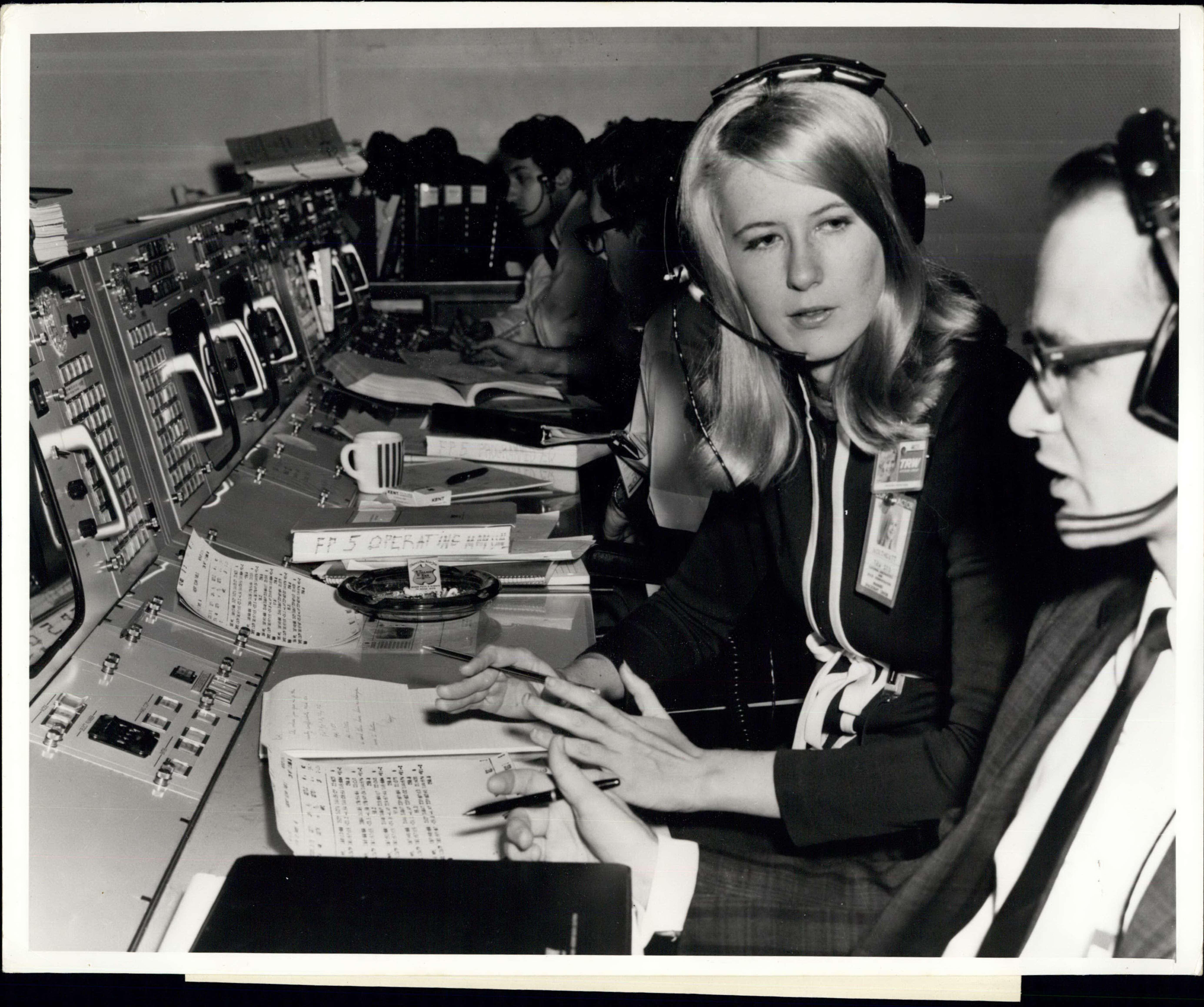
Poppy Northcutt
Frances "Poppy" Northcutt was the first woman to serve as an engineer for NASA's Apollo program and the only woman working in NASA's Mission Control during the Apollo 8 mission in 1968. After earning her degree in mathematics from the University of Texas in 1965, she got a job crunching numbers for NASA as a one of many so-called "human computers."
Northcutt's mathematical calculations for the trans-Earth injection phase of the Apollo 8 flight trajectory helped to bring the Apollo 8 astronauts back home safely after they circled the moon for 10 orbits. After her success with Apollo 8, she went on to work on Apollos 10, 11, 12 and 13. She was on the team of engineers who helped to save the lives of three Apollo 13 astronauts after one of the spacecraft's oxygen tanks exploded, completely upending the mission.
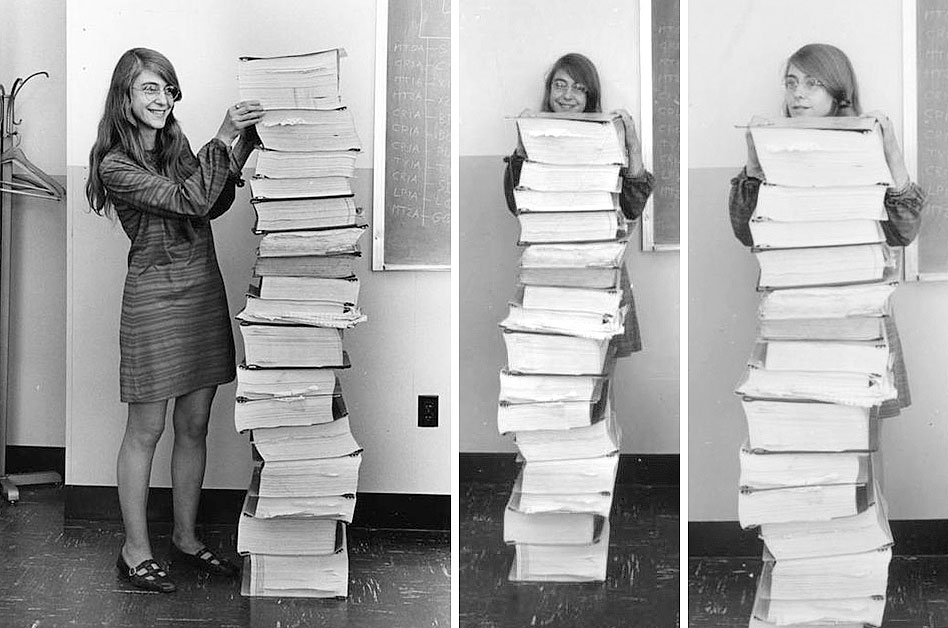
Margaret Hamilton
Margaret H. Hamilton, a mathematician and computer scientist from Indiana, developed the guidance and navigation system for the Apollo spacecraft as a NASA contractor with the Massachusetts Institute of Technology (MIT) in Boston.
At the time, computer science was still in its infancy. Hamilton not only played a major role in developing software for Apollo 11, but she led the team that pioneered software engineering as a discipline and even coined the term "software engineering."
The software that Hamilton and her team developed for Apollo 11 was used in all subsequent Apollo missions, and it was later adapted for NASA's space shuttle and Skylab missions. She received the Presidential Medal of Freedom in 2013.
Related: Margaret and the Moon: New Kids' Book Profiles Pioneering Apollo Programmer
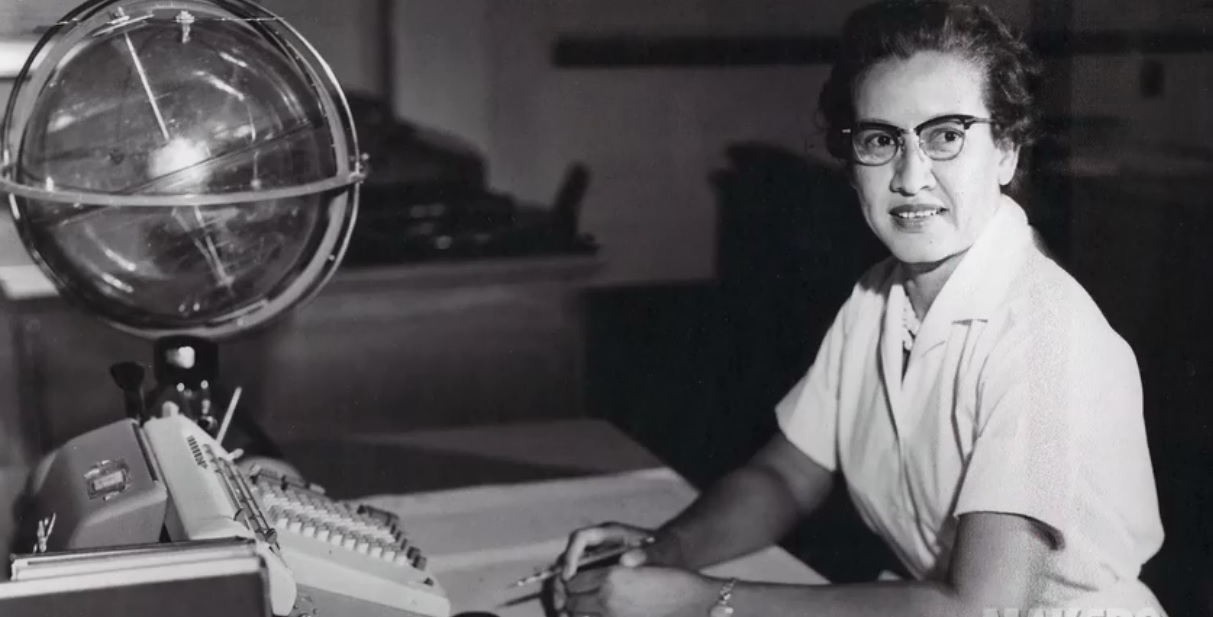
Katherine Johnson
Katherine Johnson is a mathematician who is perhaps most famous for having calculated the flight trajectories for the first American astronauts in space — thanks in part to the hit movie "Hidden Figures." But Project Mercury was only the beginning of her fruitful career at NASA.
Johnson was one of the many women who were hired to be NASA's "human computers" at the agency's Langley Research Center in Virginia. During NASA's first human spaceflights, her calculations helped the agency decide launch windows and to determine the best locations for recovery ships to expedite the astronauts' journeys home after splashdown.
She calculated the flight trajectories for the Apollo 11 moon mission and later worked on the periled Apollo 13 mission, calculating new flight paths to help bring three astronauts home safely following a failure with the spacecraft.
Related: Reaching for the Moon: Exclusive Excerpt from Katherine Johnson Autobiography for Kids
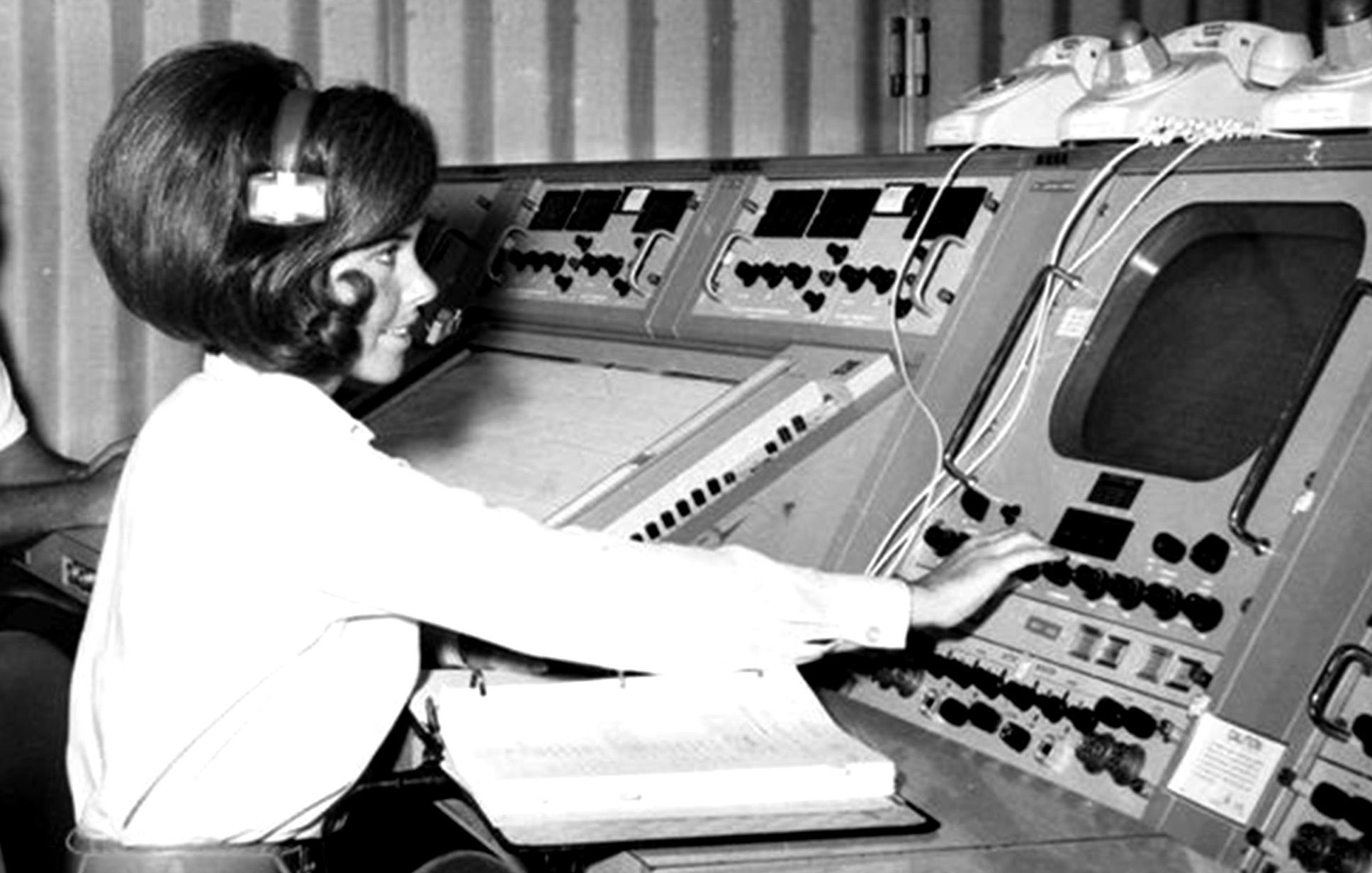
Judy Sullivan
Judy Sullivan was a math and science teacher who became the first female engineer at NASA's Manned Spacecraft Operations Building at the Kennedy Space Center in Florida.
As the lead biomedical engineer working on the Apollo 11 mission, Sullivan was in charge of monitoring the astronauts' health using data collected from various sensors on their bodies.
She would monitor the equipment readings from the control room and communicate important health information with the flight surgeon. When the astronauts were suiting up ahead of the liftoff, Sullivan was there making sure all their sensors were in place under their spacesuits.
Related: Apollo 11 Astronauts Spent 3 Weeks in Quarantine, Just in Case of Moon Plague

Ethel Heinecke Bauer
Ethel Heinecke Bauer was a mathematician who worked as an aerospace engineer in the Applied Guidance and Flight Mechanics Branch of the Aero-Astrodynamics Laboratory at NASA's Marshall Space Flight Center in Huntsville, Alabama, during the Apollo era.
Her main job in the Apollo program was to help calculate flight trajectories for the various missions to and around the moon — including the "free return" trajectory that allowed Apollo 13 to safely return to Earth following a partial failure of the spacecraft.
She also worked in the Mission Analysis Section, where she developed so-called "targeting conditions" that controlled the Saturn V rocket's third stage, known as the S-IVB, which separated from the crewed spacecraft after each launch and either plunged into the ocean or crashed into the moon (for science).
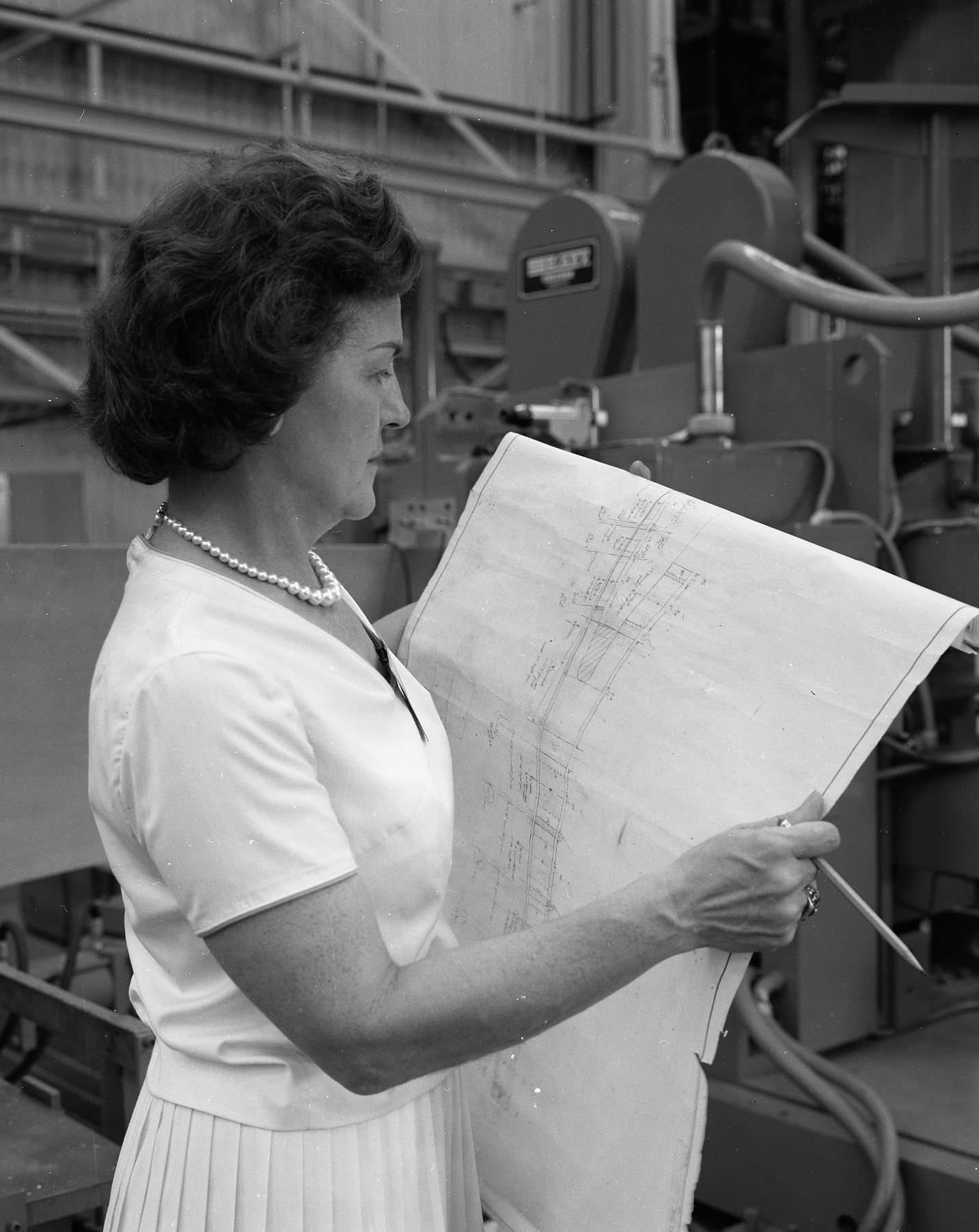
Margaret Brennecke
Margaret W. "Hap" Brennecke was a metallurgist who became the first female welding engineer in the Materials and Processes Laboratory at NASA's Marshall Space Flight Center in Huntsville, Alabama. She joined NASA's Apollo program in 1961.
As an expert welder with extensive knowledge of aluminum alloys, she was in charge of making critical decisions about the materials that were used to build the various components of NASA's Saturn V rocket, which launched the Apollo moon missions. Brennecke helped to ensure that NASA was building strong, reliable and heat-resistant spacecraft that would safely transport astronauts to and from the moon.
One of her biggest contributions to the Apollo program was the design of the cryogenic fuel tanks. The fuel inside the tanks had to be supercooled, but the tanks were exposed to extreme heat from the outside during launches, which posed a bit of an engineering challenge — but she was up to the task.
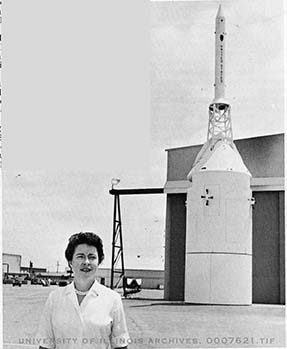
Barbara Crawford Johnson
Barbara "Bobbie" Crawford Johnson was an aeronautical engineer tasked with bringing Apollo astronauts home safely during the last leg of each flight: atmospheric reentry. She joined NASA
Johnson designed the trajectories that the Apollo command modules would follow as they plunged through Earth's atmosphere and splashed down in the ocean. She also led the development of the Entry Monitor System, a new type of display panel inside the crew capsule that displayed data about the spacecraft's position and velocity.
In 1968, Johnson became the Apollo program's manager of Mission Requirements and Evaluation — the highest position any woman had ever held in her department — where she was in charge of more than 100 engineers working on various aspects of the Apollo missions.
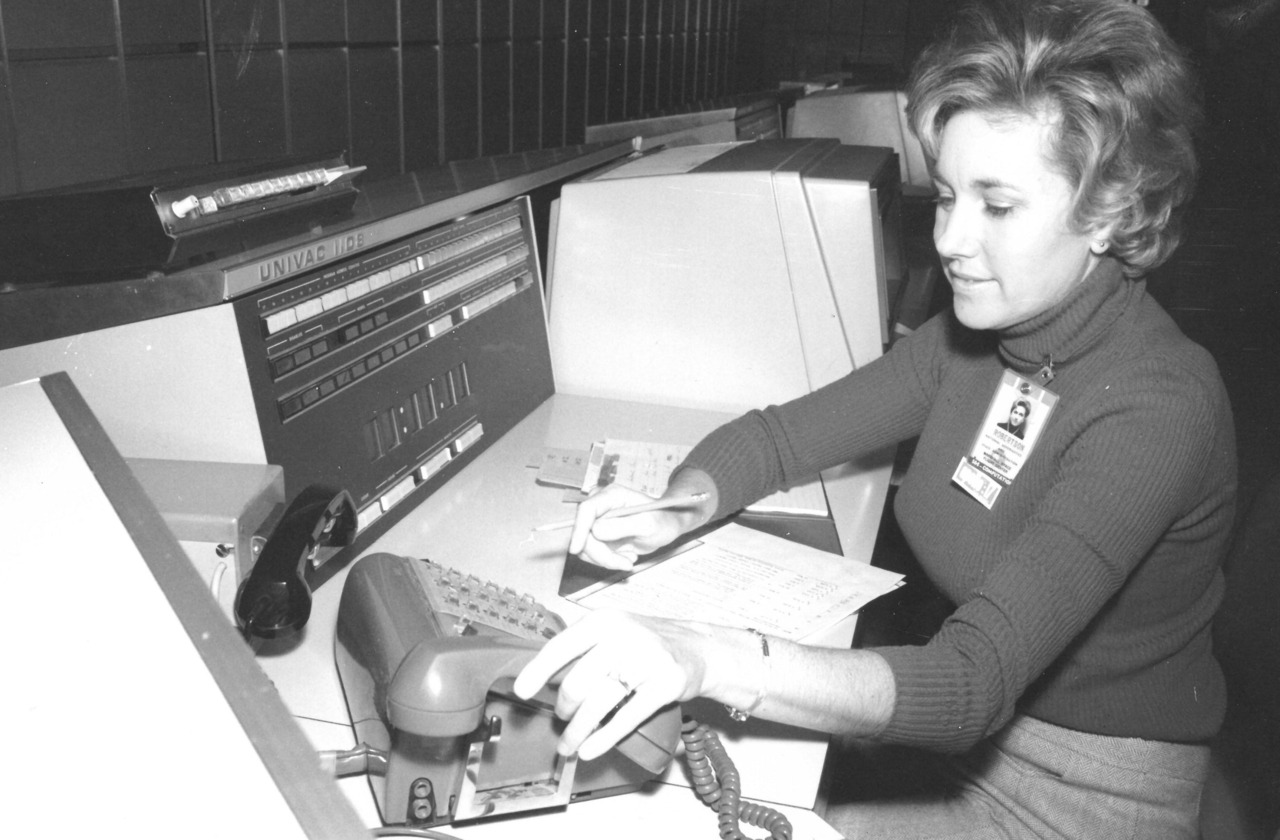
Billie Robertson
Billie S. Robertson was a mathematician who had planned to become a teacher but instead ended up working with rocket scientists in the U.S. Army. She worked closely with the rocket pioneer Wernher von Braun in the 1950s, calculating the thrust of rocket engines and measuring launch trajectories.
Before working on Apollo — and before NASA came to exist — Robertson worked on the military's ICBM (intercontinental ballistic missile) program. She also developed guidance and control software for U.S. Army Ballistic Missile Agency's Jupiter-C rocket, which launched the nation's first satellite into space in 1958. That agency became a part of NASA in 1960.
At NASA, Robertson helped create the first computer models for launches and wrote the manuals explaining how to use the new computer systems. She did this for all of the Apollo launches as well as later NASA missions like the Skylab space station. In the photo above, Robertson is running a "Go-No-Go" realtime simulation of translunar injection phase of the Apollo 17 mission.

Hanneke Weitering is a multimedia journalist in the Pacific Northwest reporting on the future of aviation at FutureFlight.aero and Aviation International News and was previously the Editor for Spaceflight and Astronomy news here at Space.com. As an editor with over 10 years of experience in science journalism she has previously written for Scholastic Classroom Magazines, MedPage Today and The Joint Institute for Computational Sciences at Oak Ridge National Laboratory. After studying physics at the University of Tennessee in her hometown of Knoxville, she earned her graduate degree in Science, Health and Environmental Reporting (SHERP) from New York University. Hanneke joined the Space.com team in 2016 as a staff writer and producer, covering topics including spaceflight and astronomy. She currently lives in Seattle, home of the Space Needle, with her cat and two snakes. In her spare time, Hanneke enjoys exploring the Rocky Mountains, basking in nature and looking for dark skies to gaze at the cosmos.
